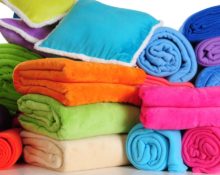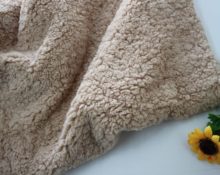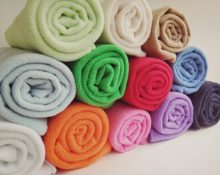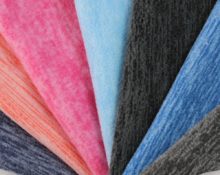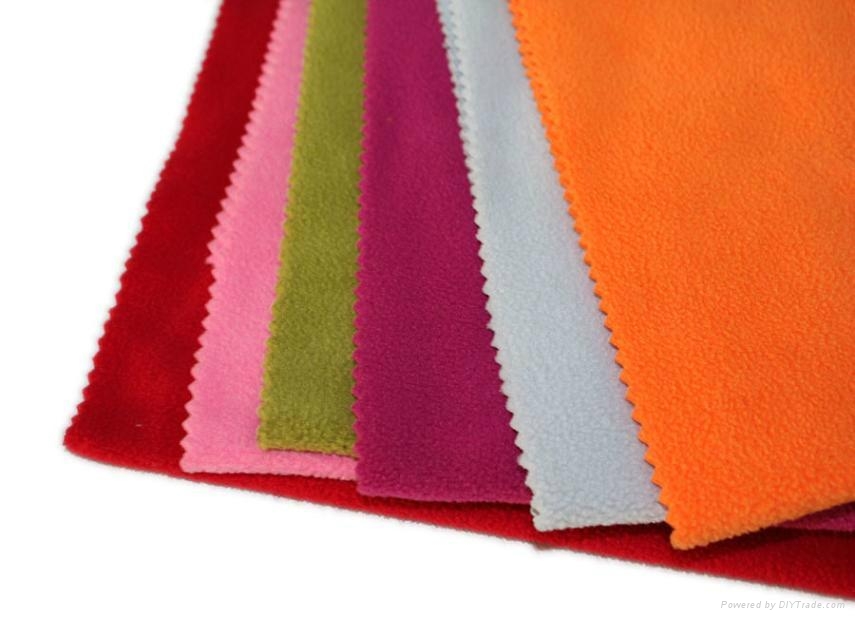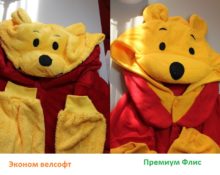Warm and soft fleece products delight both adults and children with their quality. The material can rightfully be considered one of the discoveries of the last century, since its properties replaced the usual wool, and its lightness made it possible to take a fresh look at warm sports-style clothing.
What kind of material is fleece?
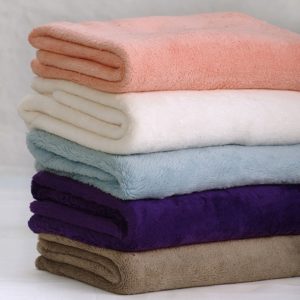
Fleece was first produced at the end of the twentieth century. The structure is a synthetic knitted fabric made from polyester.
How it is made
Fleece is produced on a special machine with many hooks through which the knitted fabric is passed. The hooks, without violating the integrity of the fabric, evenly pull the threads out of it, forming small loops. The result is a pile of synthetic fibers. The high quality of the material is achieved through special processing, which reduces the incidence of pellets. Fleece is also exposed to various solutions that give it antibacterial, water-repellent and other useful properties.
Compound
Fleece does not contain natural fibers, but it is soft and in most cases does not cause unpleasant sensations on the skin. The composition includes polyester, but different types of fleece add lycra, which gives it wear resistance, and spandex, which gives the fabric elasticity. Windblock is a special membrane gasket that gives the material windproof properties. There is bipolar fleece - this is a special type of two-layer fabric, where one layer is warming, and the second repels moisture.
Properties and characteristics
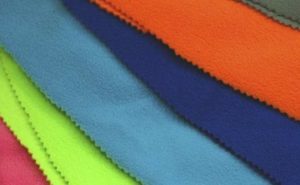
Fleece is a material that has a number of useful properties, including:
- hygroscopicity (absorbs moisture and removes it outside without creating a damp environment on the skin);
- dries quickly, so it is especially easy to clean;
- unpretentious, suitable for machine wash, tolerates different temperature conditions;
- has special strength and is resistant to wear;
- has heat-insulating properties that it retains even when wet;
- hypoallergenic material;
- not subject to destruction and biological decay.
Special characteristics include practicality, since fleece has proven itself well even in extreme conditions, during active sports. High-quality material used in outdoor clothing is treated with special agents that can repel ticks and moths, as well as block the development of fungi and bacteria. Fleece clothing is ideal for skin contact and is suitable even for babies. Allows you to feel softness and comfort even with long-term wear, after many washes.
Interesting! The material does not fade over time.
Features of thermal conductivity
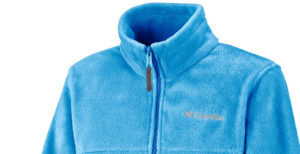
Fleece has excellent heat-insulating properties. Warms well due to the structure of the fibers, which allows you to retain warm air.In addition, it has thermoregulation properties: the body in clothes made of such material is not subject to too much overheating or hypothermia.
Advantages and disadvantages of fleece products
The advantages are thermal insulation properties, lightness, wrinkle resistance and ease of maintenance. Among the disadvantages it is worth noting: fire hazard (easily flammable even after special treatment), formation of pills during frequent washing, accumulation of static electricity.
When purchasing fleece products, you should pay attention to the price. A price that is too low should immediately alert you, since the product most likely will not be of the best quality. If you want to be especially protected in nature or during active sports, we recommend purchasing branded products from well-known sports brands.
Types of fleece
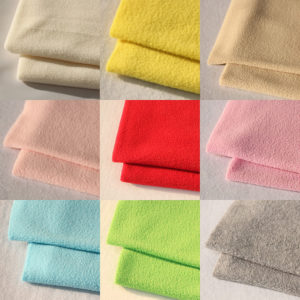
Fleece comes in different densities and thicknesses:
- thin is used when sewing leggings and underwear with a warming effect;
- medium - hats, mittens and scarves are made from it;
- thick, with a strong warming effect (jackets, sweaters, bedspreads are made);
- increased thickness (used in the production of clothing for active recreation).
The material also differs in texture (this is due to the method of manufacturing fleece fabric). For example, there are types:
- microfiber or velsoft. The material has good density, is quite light and fluffy;
- footer - cotton threads are added to this fleece, it perfectly absorbs moisture and has increased strength;
- terry fleece - made using natural materials (has two sides - face and back, has increased softness);
- velor - this type of fleece with a predominance of cotton component perfectly retains heat, does not wrinkle, and is resistant to long-term wear.
Where is it used?
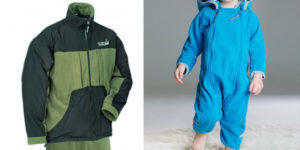
In addition to sewing warm everyday clothes, this fabric is used in the manufacture of professional uniforms for climbers, outdoor enthusiasts, and for those who often take walks and hikes in nature.
A significant part of children's clothes are also made from this pleasant-to-touch material. Many mothers choose fleece blankets for strollers, as they protect from the wind and allow them not to wear too heavy outerwear (for example, in the fall). In winter, the material works well as a lining for outerwear, the inside of mittens, and hats.
Fleece is often used to make winter pajamas and home sets. Warmth and lightness in such clothes are guaranteed.
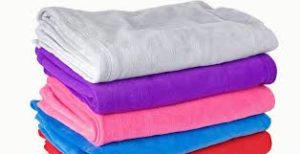
How to properly care for fleece products
The fabric tolerates machine washing perfectly; it can be washed at both 30 and 40 degrees, in almost any mode. Does not require the addition of special tools. It dries perfectly - the product comes out of the machine semi-dry.
Fleece is the ideal solution for those who do not tolerate wool well. The material does not cause allergies, washes well and performs well in wear. The products are distinguished by a rich color palette and good appearance.


 0
0